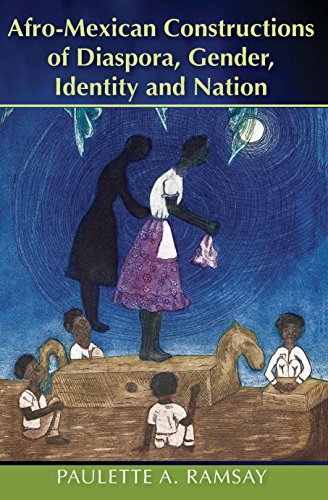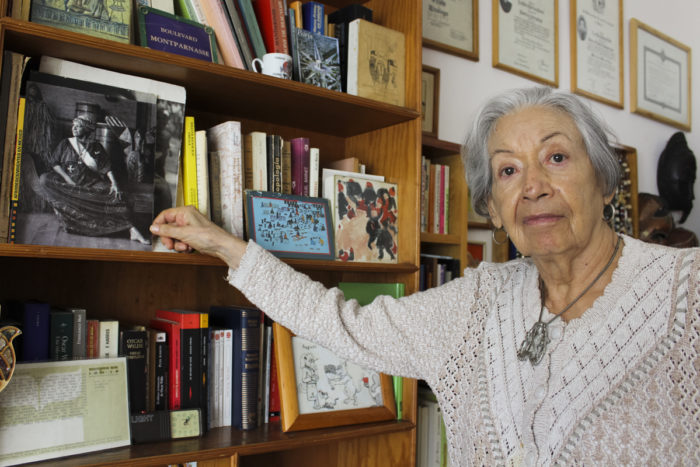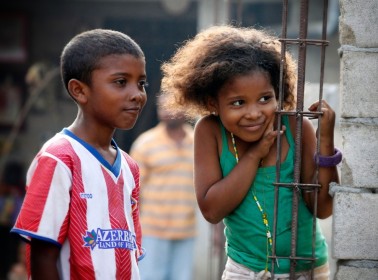Too Black for Mexico — Cécile Smetana Photographs the Afro-Mexicans Stigmatized for the Color of Their SkinPosted in Articles, Arts, Caribbean/Latin America, Media Archive, Mexico on 2016-10-17 00:07Z by Steven |
FotoRoom
2016-10-10
Photos by Cécile Smetana Baudier
31 year-old French-Danish photographer Cécile Smetana Baudier discusses Diaspora: Costa Chica, a subjective reportage from a coastal area of Mexico where Cécile lived with a minority ethnic group: the Mexicans of African descent. Her beautiful portraits and landscape photographs introduce us to this community living at the margins of their society, and sometimes victim of racist stereotypes.
Hello Cécile, thank you for this interview. What inspired your new series Diaspora: Costa Chica?
I was living in Oaxaca city in Mexico and was researching on a different project; however when I started working on it I never got a connection with the girls I was photographing. I was not in a very positive state of mind.
One day I was sitting at the dentist’s office. A lot of his clients where other photographers and therefore he had all these photography books on the table. I started looking through them and I stumbled across one about the Afro-Mexican community in Costa Chica, an area that expands from the state of Oaxaca to the coast of Guerrero. I didn’t know that there were any communities of people of African descent in Mexico and I started researching on the subject. I found the photos of Tony Gleaton, an American photographer who dedicated his life to portray Afro communities and I was very much inspired by him, which becomes very clear when comparing my own images to his…
Read the entire interview and view the gallery here.



